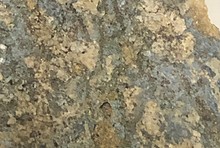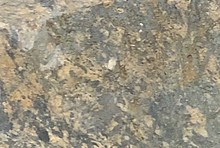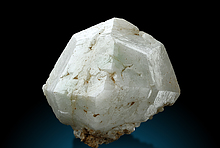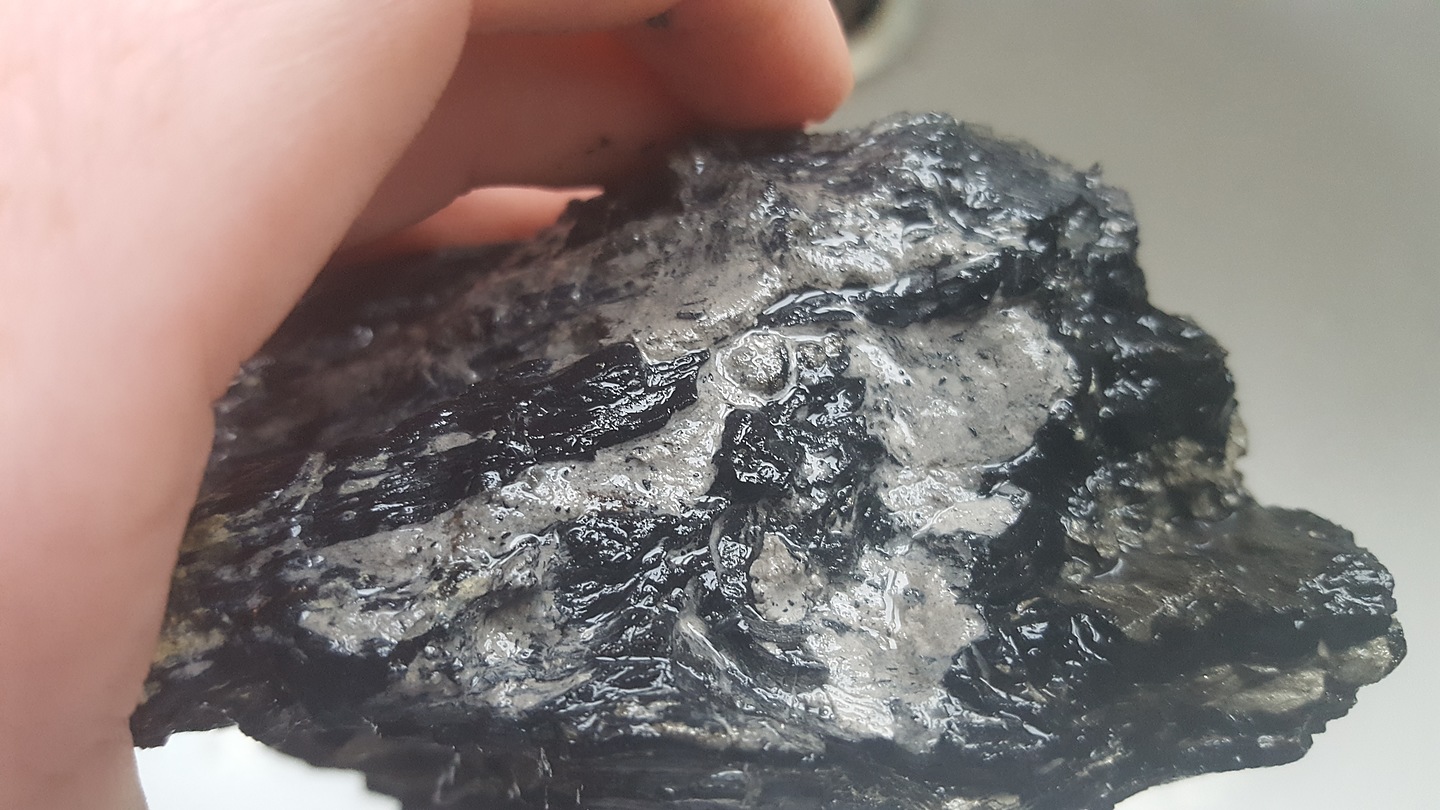Home PageAbout MindatThe Mindat ManualHistory of MindatCopyright StatusWho We AreContact UsAdvertise on Mindat
Donate to MindatCorporate SponsorshipSponsor a PageSponsored PagesMindat AdvertisersAdvertise on Mindat
Learning CenterWhat is a mineral?The most common minerals on earthInformation for EducatorsMindat ArticlesThe ElementsThe Rock H. Currier Digital LibraryGeologic Time
Minerals by PropertiesMinerals by ChemistryAdvanced Locality SearchRandom MineralRandom LocalitySearch by minIDLocalities Near MeSearch ArticlesSearch GlossaryMore Search Options
The Mindat ManualAdd a New PhotoRate PhotosLocality Edit ReportCoordinate Completion ReportAdd Glossary Item
Mining CompaniesStatisticsUsersMineral MuseumsClubs & OrganizationsMineral Shows & EventsThe Mindat DirectoryDevice SettingsThe Mineral Quiz
Photo SearchPhoto GalleriesSearch by ColorNew Photos TodayNew Photos YesterdayMembers' Photo GalleriesPast Photo of the Day GalleryPhotography
╳Discussions
💬 Home🔎 Search📅 LatestGroups
EducationOpen discussion area.Fakes & FraudsOpen discussion area.Field CollectingOpen discussion area.FossilsOpen discussion area.Gems and GemologyOpen discussion area.GeneralOpen discussion area.How to ContributeOpen discussion area.Identity HelpOpen discussion area.Improving Mindat.orgOpen discussion area.LocalitiesOpen discussion area.Lost and Stolen SpecimensOpen discussion area.MarketplaceOpen discussion area.MeteoritesOpen discussion area.Mindat ProductsOpen discussion area.Mineral ExchangesOpen discussion area.Mineral PhotographyOpen discussion area.Mineral ShowsOpen discussion area.Mineralogical ClassificationOpen discussion area.Mineralogy CourseOpen discussion area.MineralsOpen discussion area.Minerals and MuseumsOpen discussion area.PhotosOpen discussion area.Techniques for CollectorsOpen discussion area.The Rock H. Currier Digital LibraryOpen discussion area.UV MineralsOpen discussion area.Recent Images in Discussions
Techniques for CollectorsCleaning petrified wood
30th Oct 2016 13:13 UTCJoshua Chambers
I found some petrified wood on the beach which comes from a bed containing tons of the stuff. It is banded with pyrite and covered in clay and some algae. I removed most of the clay with a toothbrush and running water, but some is still left. Is there any way I can clean it? The organic removers (bleach, H2O2) that are often used would just dissolve the wood as well, right?
Any ideas?
Thanks
Josh

30th Oct 2016 13:51 UTCBob Harman
30th Oct 2016 14:05 UTCJoshua Chambers
Good point, completely forgot :-D. The thing is, it's more like coal than petrified wood. I can't find any reference to there being coal at the locality, just petrified wood. It does not feel 'stony' at all, and does crumble very easily. I suppose, as there was a forest, coal is likely to be present. Or perhaps it's wood that hasn't been 'petrified' yet?
(EDIT: after researching, lignite is found at the locality along with the petrified wood. Can you clean lignite?)
Thanks
Josh
30th Oct 2016 14:41 UTCPaul Brandes 🌟 Manager
You may want to provide a photo of the specimen to help us determine the best method of cleaning...

30th Oct 2016 15:41 UTCBob Harman
To answer your lignite question. Lignite is a rock, sort of an earthy form of coal, somewhere between bituminous coal and (the non-rock) peat. Occasionally fossil remains can be seen in the lignite. I believe lignite would fall apart with a vigorous cleaning so you could not clean it as I mentioned, but lignite is not "petrified wood" as you originally stated so the 2 are way different. In addition, I doubt you would find much lignite on any beach as it would have long ago fallen apart or at least been mined as a "coal" source for heating.
As an aside, many beaches all over the world have very old dead and bleached tree trunks both on the beach surface and below the surface. These are also not petrified wood, but just very old wood. Unusual things can happen as a result of these. Last summer on a Lake Michigan sandy dunes beach in Southern Michigan, a youngster was either injured or killed when he fell into a sink hole while playing on the beach. Subsequent research showed that very long ago that part of the beach had been a woods. Shifting sands covered the wooded areas covering up the tree trunks which had both partially decayed and partially remained intact. Spaces had formed in the areas of the tree trunks and created the sink holes in that area of the dunes on the beach.
Those remaining tree trunks were still very old wood, but not petrified wood or lignite or anything else, just very old partially decayed tree trunks. CHEERS.....BOB
30th Oct 2016 15:49 UTCJoshua Chambers
These pieces must be kept in water otherwise crack and break down from pyrite oxidation. (Discussed here: http://www.mindat.org/mesg-6-386587.html )
(EDIT: As this is lignite, I can keep it out of water right (as opposed to actual petrified wood)? If so, will the pyrite oxidise, how can I stabilise the pyrite?)
Thanks
Josh
30th Oct 2016 15:52 UTCJoshua Chambers
Here is a block from the bed that contains the coal. I broke open the block to reveal lots of coal.
To be fair, this piece I have, wasn't in situ when I found it. It was amongst the greensand (which contains the coal), so it is possible that what I have is an old bit of tree, like Bob suggested. It's just ironic that it was found amongst coal.
Josh

30th Oct 2016 15:54 UTCKeith Wood
30th Oct 2016 16:00 UTCJoshua Chambers
http://naturenet.net/blogs/2010/04/11/a-petrifying-walk-on-the-beach/
http://www.discoveringfossils.co.uk/discovering_fossils_hanover_point.pdf
Josh

7th Dec 2016 20:32 UTCTrina Ireland
7th Dec 2016 20:53 UTCJoshua Chambers
http://scienceviews.com/parks/woodcolors.html
Just found this, you might find it useful.
Josh

8th Dec 2016 02:14 UTCTrina Ireland

8th Dec 2016 05:31 UTCDoug Daniels
The site about "wood colors" may also have some other errors - such as, purple is caused by manganese. Not necessarily, and likely not at all.

8th Dec 2016 09:28 UTCErik Vercammen Expert

8th Dec 2016 10:10 UTCAlfredo Petrov Manager
Green petrified wood (colored by chromium, I think, but don't quote me on that) is found in Zimbabwe: http://www.mindat.org/photo-717129.html




Mindat.org is an outreach project of the Hudson Institute of Mineralogy, a 501(c)(3) not-for-profit organization.
Copyright © mindat.org and the Hudson Institute of Mineralogy 1993-2024, except where stated. Most political location boundaries are © OpenStreetMap contributors. Mindat.org relies on the contributions of thousands of members and supporters. Founded in 2000 by Jolyon Ralph.
Privacy Policy - Terms & Conditions - Contact Us / DMCA issues - Report a bug/vulnerability Current server date and time: April 23, 2024 09:01:00
Copyright © mindat.org and the Hudson Institute of Mineralogy 1993-2024, except where stated. Most political location boundaries are © OpenStreetMap contributors. Mindat.org relies on the contributions of thousands of members and supporters. Founded in 2000 by Jolyon Ralph.
Privacy Policy - Terms & Conditions - Contact Us / DMCA issues - Report a bug/vulnerability Current server date and time: April 23, 2024 09:01:00















